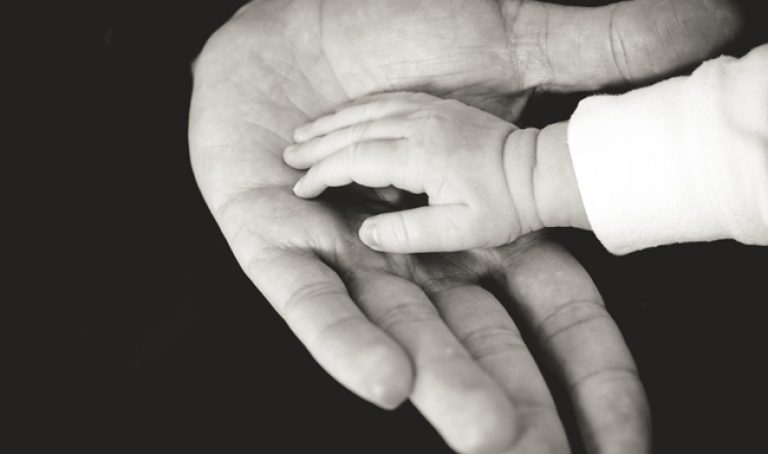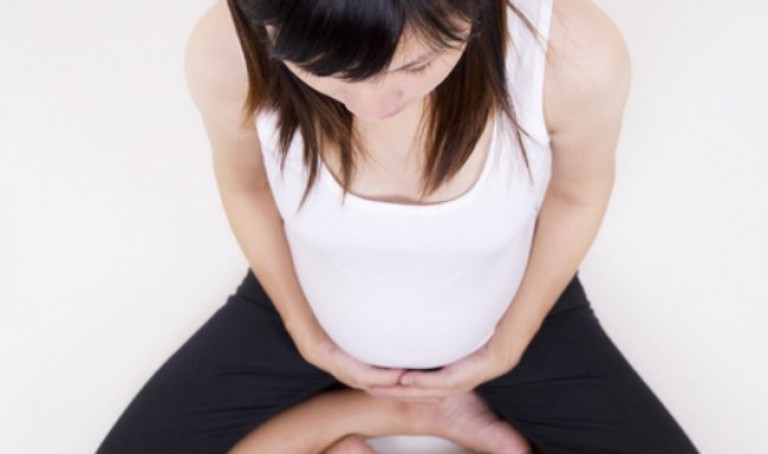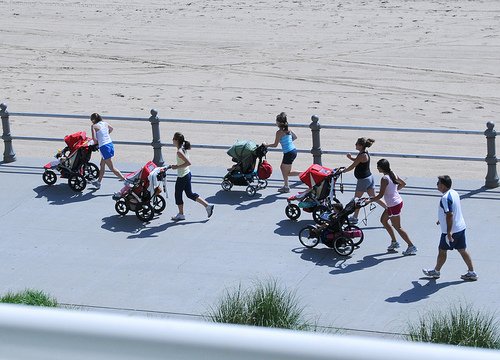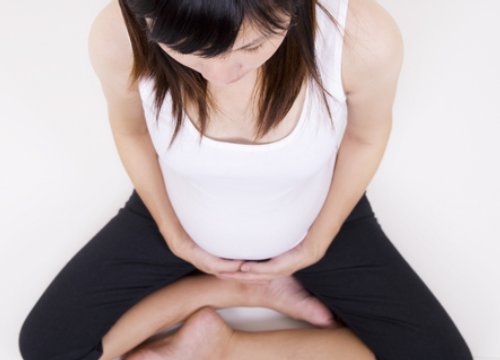
AsianScientist (Jul. 21, 2016) – Boys are much more likely to be born prematurely and are more prone to pregnancy complications, a new study from Australia shows. Published in PLOS ONE, the study also showed that mothers carrying boys are more prone to gestational diabetes and pre-eclampsia at birth.
For this paper, the researchers analyzed data of more than 574,000 South Australian births over a 30-year period (1981-2011). The study is the first population-based study of its kind in Australia to confirm the presence of differences in birth outcomes based on the sex of the baby.
The research team evaluated the relationship between the babies’ sex and adverse outcomes, such as pre-term birth, pregnancy-induced high blood pressure disorders, and gestational diabetes mellitus.
The study found that boys are more likely to be born spontaneously pre-term, showing a 27 percent higher risk for a pre-term birth between 20-24 weeks’ gestation; 24 percent higher risk for a pre-term birth between 30-33 weeks; and 17 percent higher risk for pre-term birth between 34-36 weeks.
Moreover, mothers carrying boys are 4 percent more likely to suffer gestational diabetes and 7.5 percent more likely to suffer pre-eclampsia at term. However, pregnant women carrying a girl have a 22 percent higher risk for early onset pre-eclampsia requiring a pre-term delivery.
“The major conclusion of our study is that the evidence is there and it is very clear: the sex of the baby has a direct association with pregnancy outcomes,” said research leader and senior author Professor Claire Roberts from the University’s Robinson Research Institute.
Lead author Dr. Petra Verburg from the University of Groningen, who is currently based at the University of Adelaide’s Robinson Research Institute, said that there may be a need for interventions tailored to male and female babies to prevent adverse outcomes for both child and mother.
A key factor for pregnancy success is the placenta, said Roberts, who had previously published papers on sex differences in the expression of 142 genes in the placenta from normal pregnancies.
“We believe that sex differences in placental function may explain the differences we’re seeing in outcomes for newborn boys and girls and their mothers,” Roberts said.
“The next step is to understand the consequence of these differences and how they influence the path to pregnancy complications.”
The article can be found at: Verburg et al. (2016) Sexual Dimorphism in Adverse Pregnancy Outcomes – a Retrospective Australian Population Study 1981-2011.
———
Source: University of Adelaide; Photo: Pixabay.
Disclaimer: This article does not necessarily reflect the views of AsianScientist or its staff.












